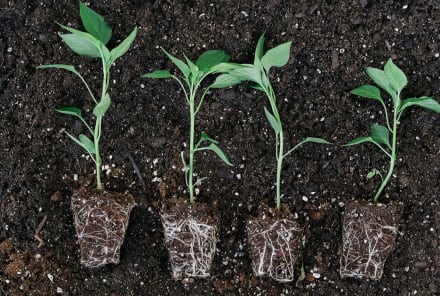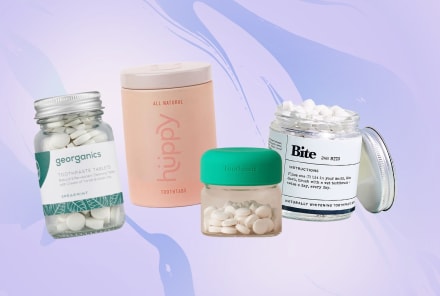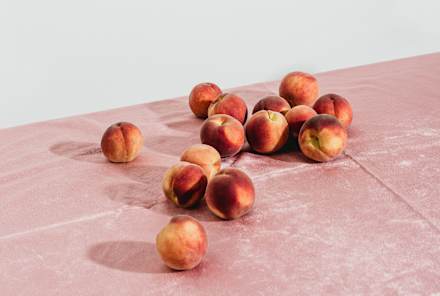Advertisement
Not All Plastics Are Created Equal: Here's What To Look Out For
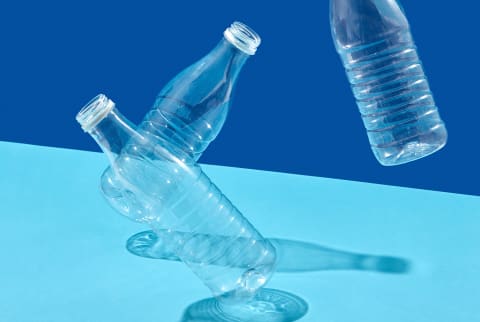
It's a scene that's all too familiar in my household: I venture over to the recycling bin to toss out a plastic bottle or a glass jar and open it to find that my wife has filled it to the brim with plastic shopping bags. "I don't get it," she grumbles every time. "Isn't plastic recyclable?"
Hey—we're all doing our best to reduce our carbon footprint every day. But when it comes to plastic, sometimes it feels like we need an instructional manual to keep all the rules straight.
So we teamed up with Core Hydration to provide just that—your ultimate, bookmark-this-tab-for-future-reference guide to navigating the tricky world of recycling plastic. Get your pencils ready because there WILL be a quiz at the end (not really, but maybe keep some of these tips in mind?).
No, not every type of plastic is recyclable.
All plastic is created equal, right? Wrong. According to Resin Identification Codes (RIC), there are actually seven categories of plastic, each classified by the temperature at which they've been heated. Here's a handy guide to what all seven mean, but the TL;DR version is that unless it's a standard bottle or jar (like a milk jug, detergent container, or shampoo bottle), it probably can't be recycled in most curbside recycling bins.
While #1 through #6 are pretty clear on whether or not they can be recycled (FYI: #5 and #6 are not), it's #7—the "everything else" category—that you should be worried about. Baby bottles, eyeglasses, and lighting fixtures fall into this category, and most of the time it's impossible to know whether or not they can be recycled. Look for the #7 in the center of the three-arrowed triangle—that's how you know (that there's no way to know).
But wait, there's (one) more.
OK, we may have lied...kinda. There is actually an eighth category of plastic, but it involves a little more explanation. Polyethylene Terephthalate (PET) is #1 on the above list, and aside from being a term that only your high school chemistry teacher knows about, it's also one of the most widely used plastics in beverage containers. When it's recycled and made into new products, you get—what else?—recycled PET (rPET).
Choosing products made from rPET plastic is a great way to cut down on your greenhouse gas emissions because it means that your purchase won't introduce any new or virgin plastics into the world. Core Hydration is a great example of a brand that's making this effort more accessible to everyone, as they've transitioned to 100% rPET bottles.
Not every "plastic" container is only that.
So you just finished your takeout order and have that same internal dialogue we all do: "Do I need more food storage containers, or should I toss this?" For those who opt for option B, there's something you should know: Dirty plastic is not recyclable. Quality matters when it comes to which plastics can be recycled into something new that people will use, and any food residue left may be the reason your plastic ends up in a landfill. The solution here couldn't be simpler—wash your plastics, people!
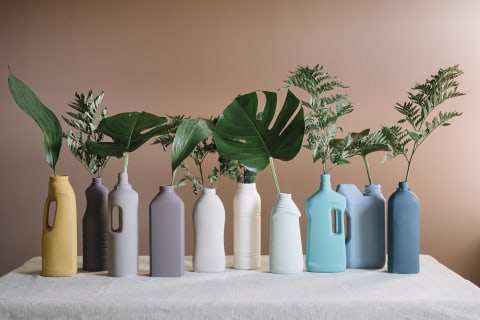
Small efforts, big impact.
Reducing our plastic use in the greater context of creating a more circular economy isn't going to happen overnight. In reality, those small, seemingly innocuous, everyday choices we make are what will actually add up to better habits, better health, and a better planet.
And when it comes to everyday actions, there's probably none more consistent in our routines than the simple act of hydrating (speaking of—here's your reminder!). Choosing brands like Core Hydration is one of the easiest actions you can take to do your part. When brands like Core transition to 100% rPET, it creates meaningful change in three key ways:
- Saves over 12 million pounds of virgin plastic
- Replaces over 160 million bottles with recycled plastic
- Saves an estimated 9,800 metric tons of CO2e a year
The takeaway.
As individuals, there's only so much each of us can do in our fight against climate change. So we must do exactly that—everything we can. Check your plastic labels, wash your containers, and prioritize brands (like Core Hydration) that can make you feel a little bit better about what you drink and how you choose to hydrate along your path to wellness.


